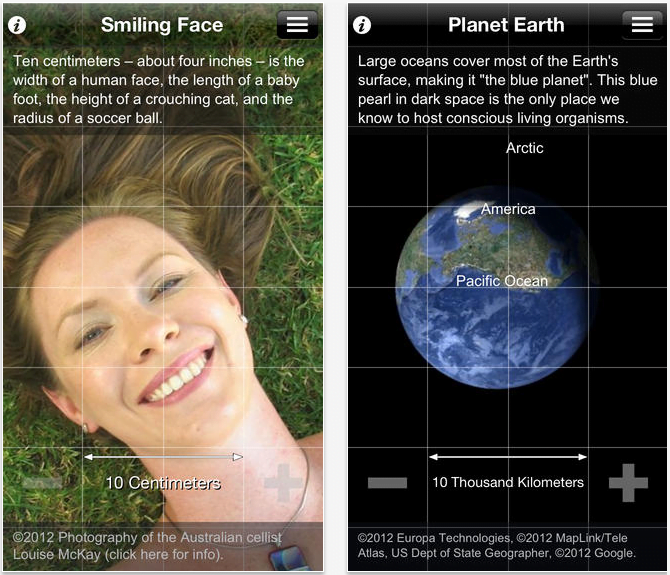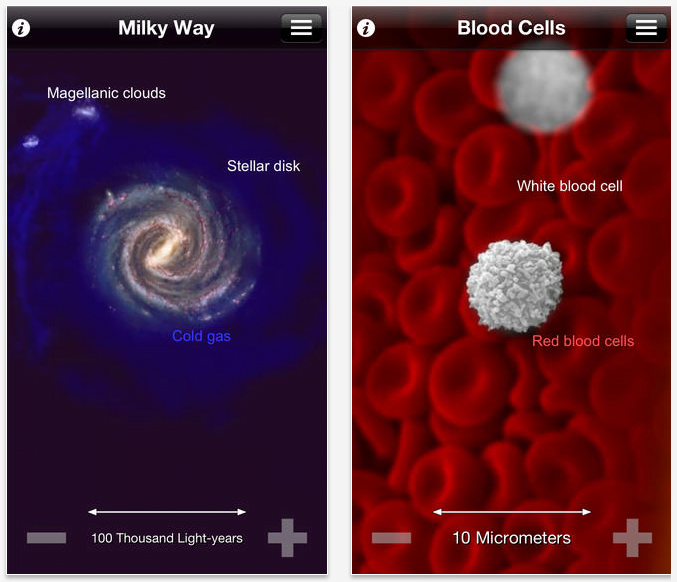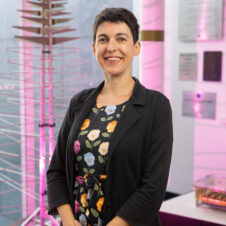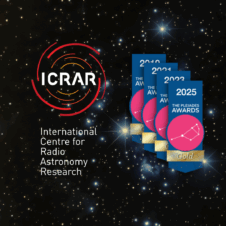ICRAR researcher Dr Danail Obreschkow made the short film and iPhone app “Cosmic Eye”—which has received more than 150 Million views worldwide on Facebook— as an outreach initiative. It shows the smallest and largest known scales of the Universe by gradually zooming in and out from the face of Perth cellist Louise McKay. The film combines an old idea, reaching back to the short films Cosmic Zoom (1968) and Powers of Ten (1977), with state-of-the-art scientific images provided by leading experts around the world. On small scales, the film dives into the microbiology of the human eye to travel through the DNA-molecule down to sub-atomic elementary particles. At large scales, the viewer leaves our blue planet to encounter stars and galaxies and discover the so-called cosmic web, spanned by billions of galaxies.
“Every time I show this video to a random audience, in Australia and abroad, several people already know it. It probably is the simplicity of the images without textual information that makes Cosmic Eye stand out from similar visualisations,” says Danail. “By zooming out from familiar views to distant galaxies, every child can appreciate the immense scales of the cosmos, which ICRAR endeavours to explore”.
After going viral the film was featured in many major media channels, from local radio interviews, such as on WA’s iconic “ABC WA Afternoons” program, to a prime-time appearance on BBC World News, causing several million viewers to learn about Cosmic Eye, ICRAR and the Square Kilometre Array.



